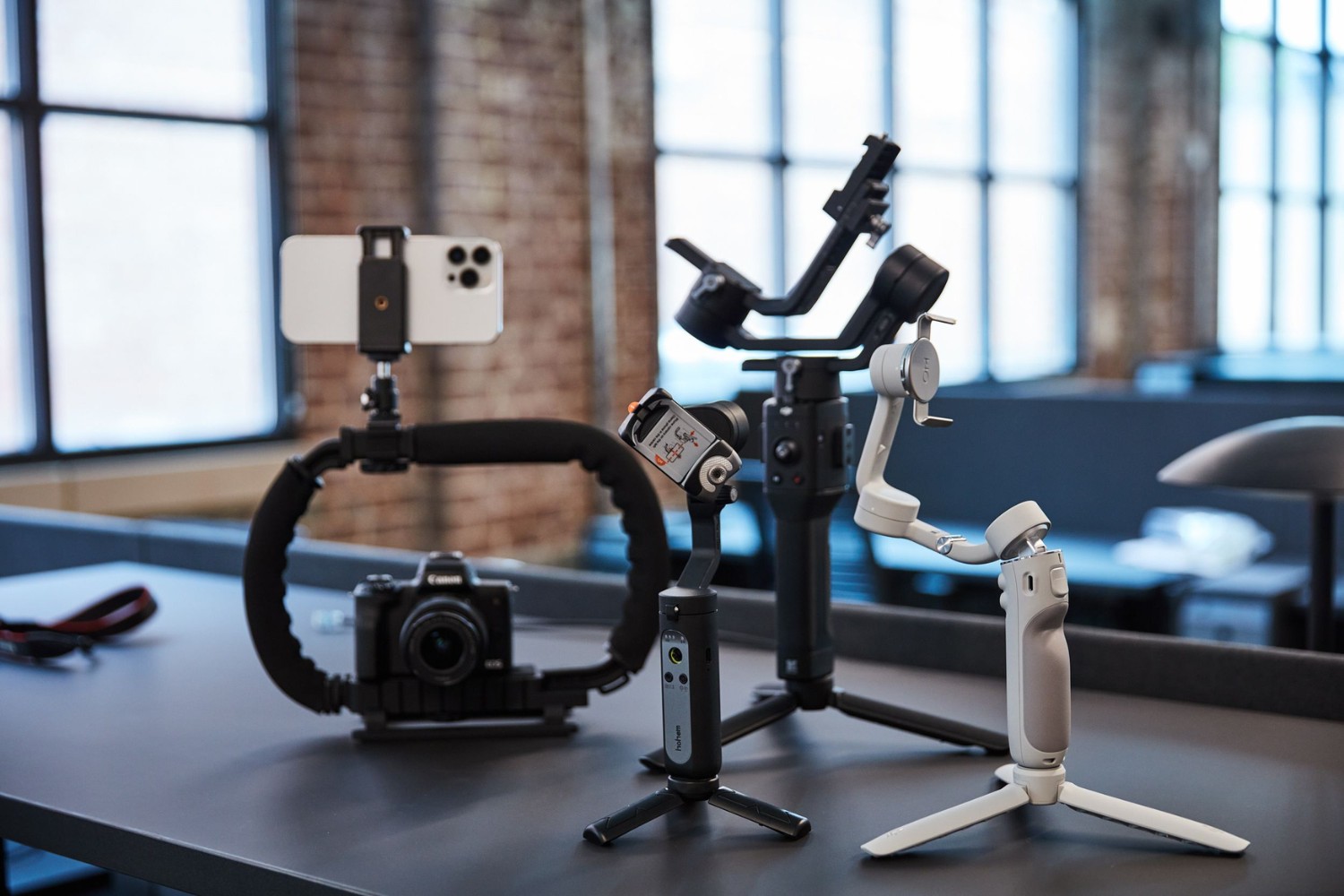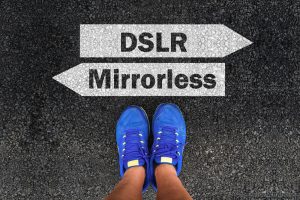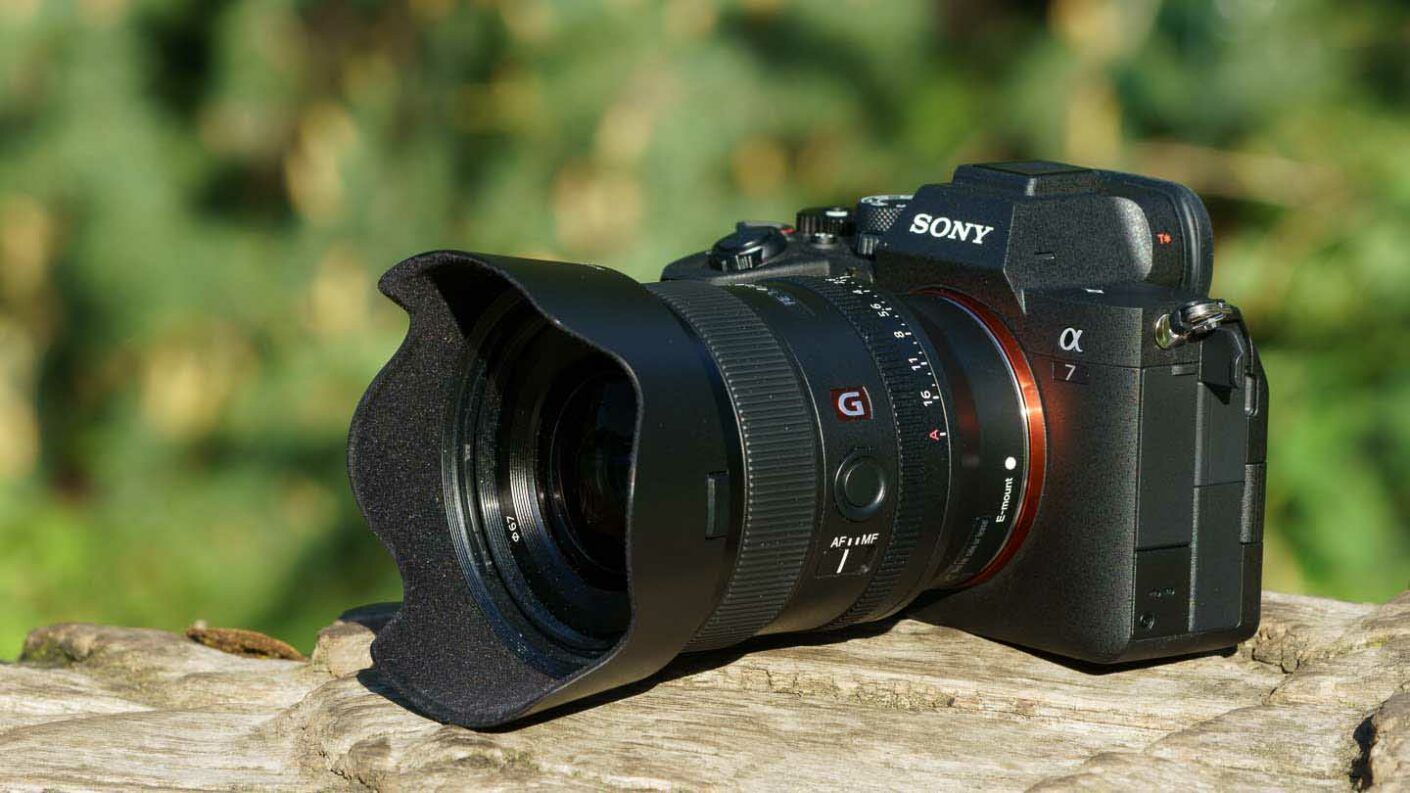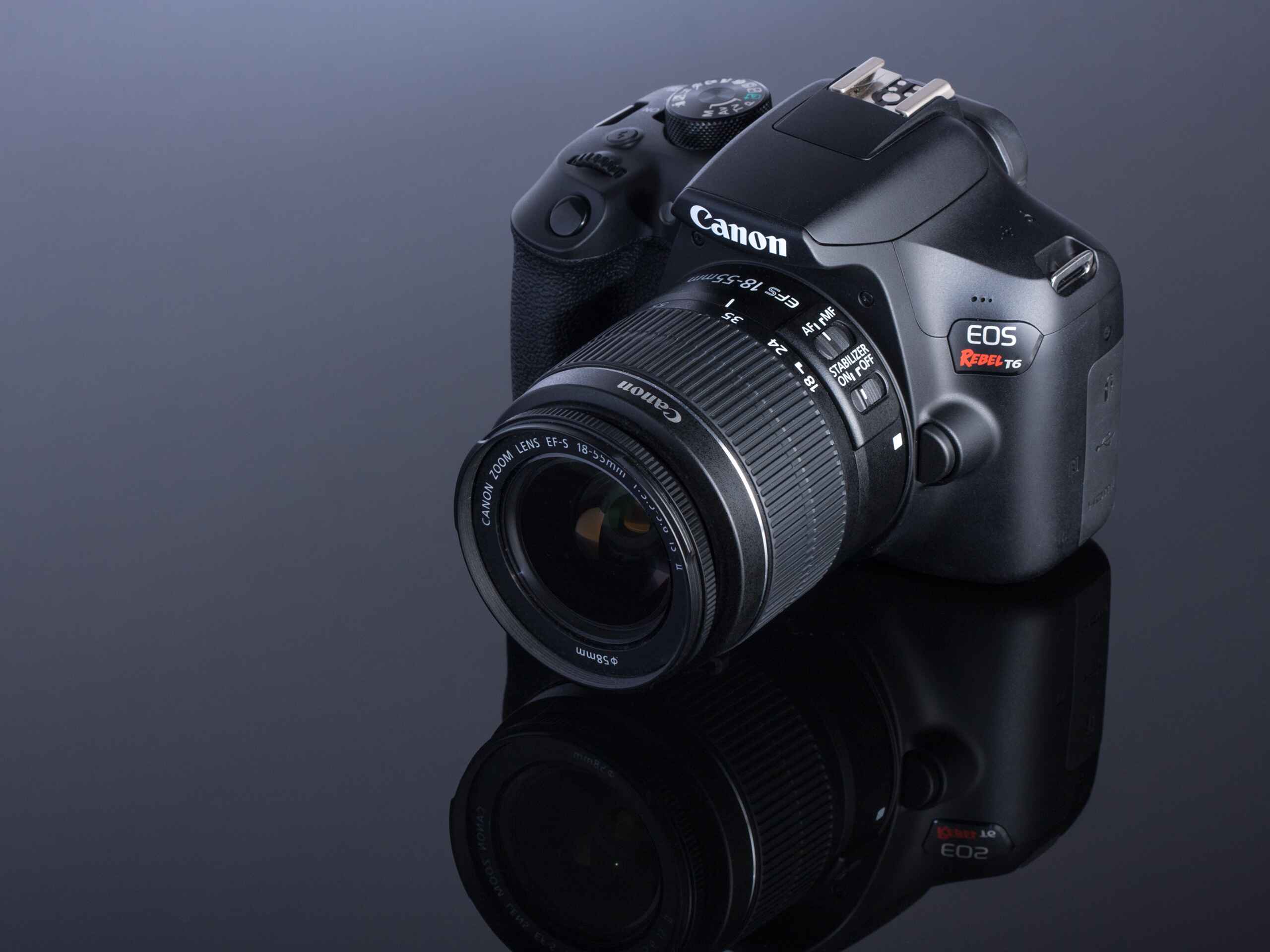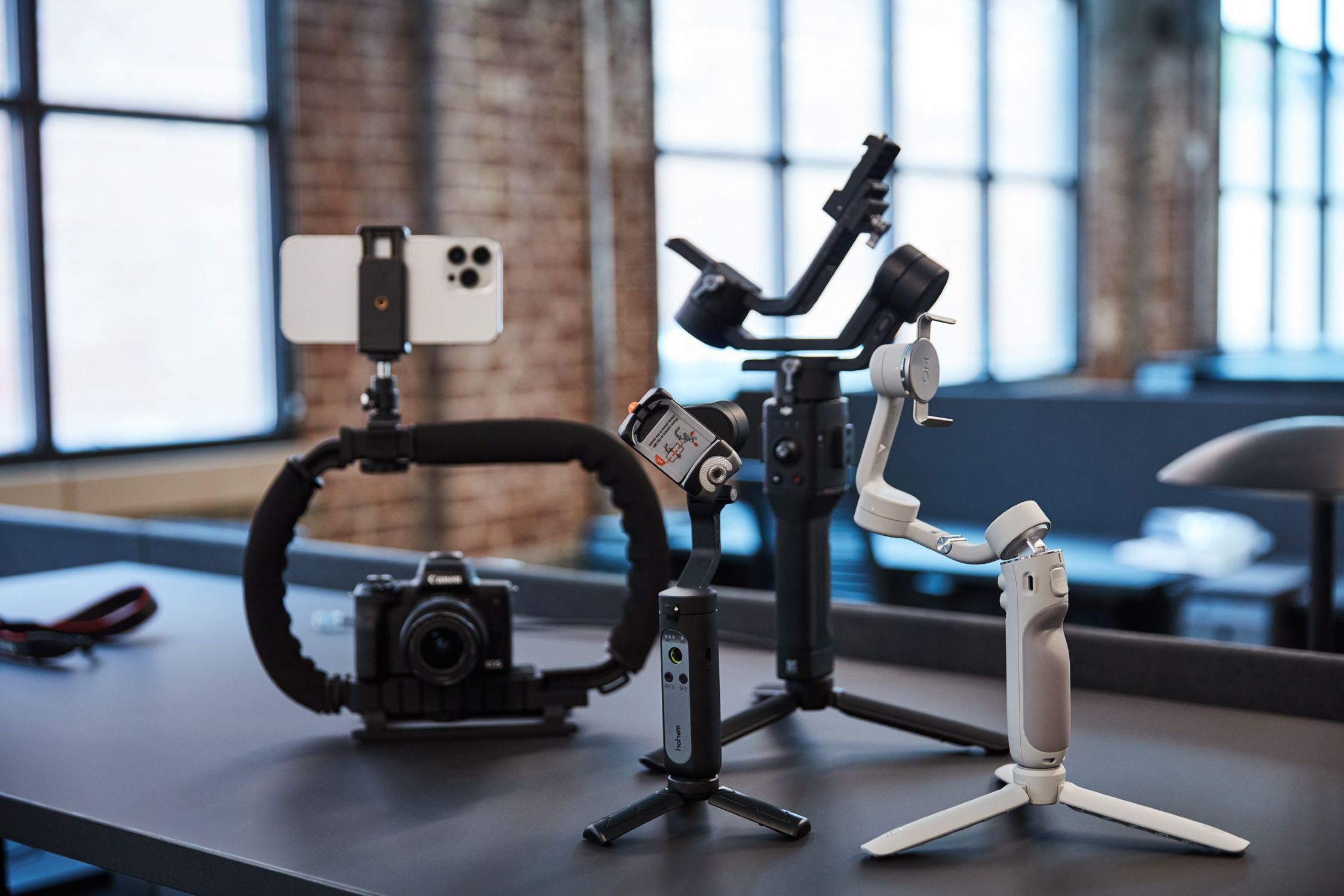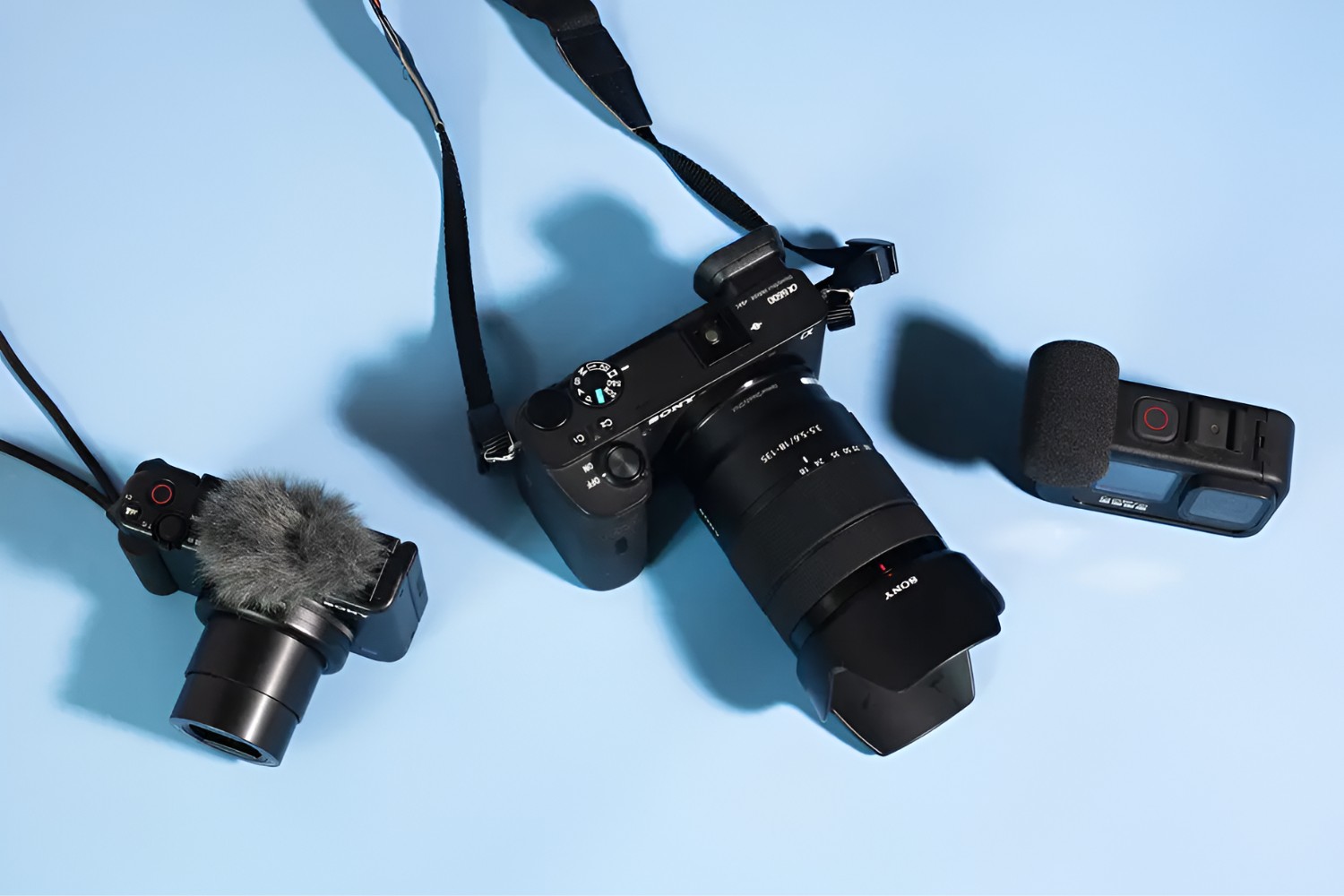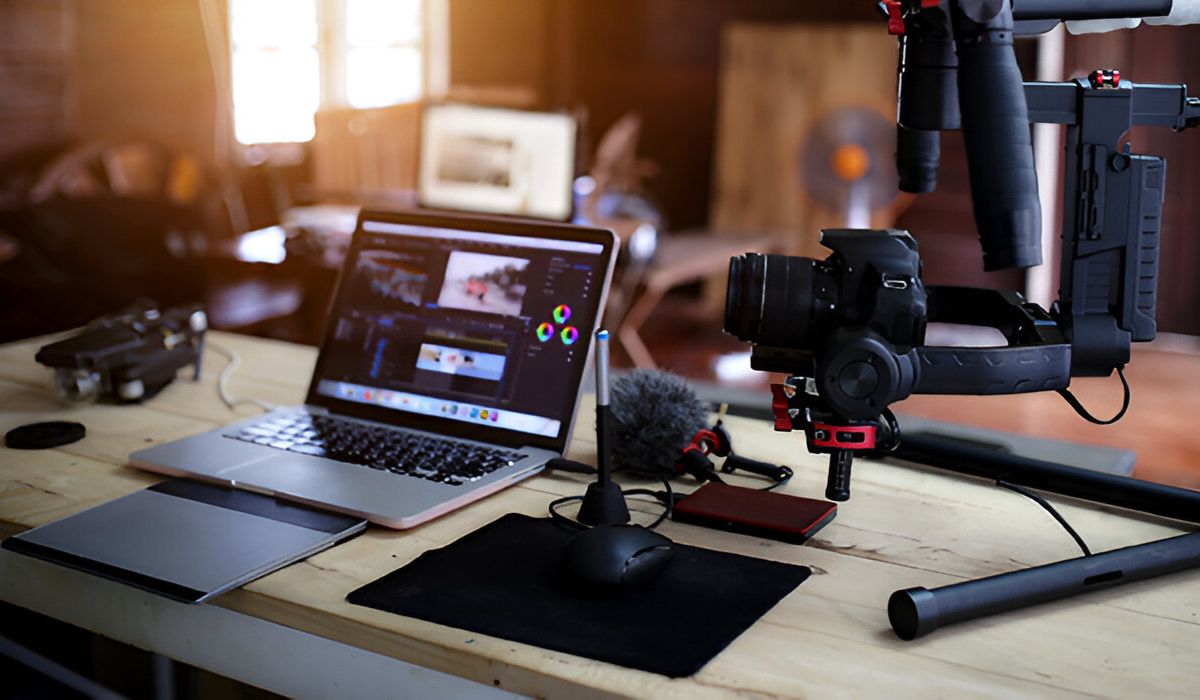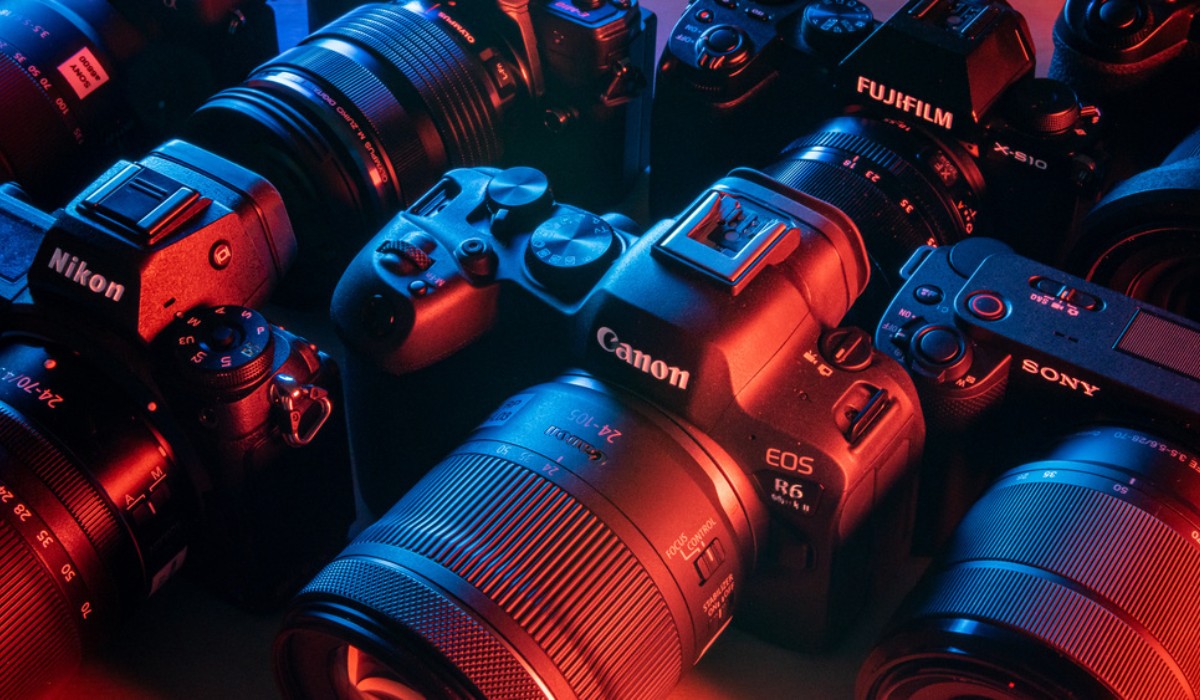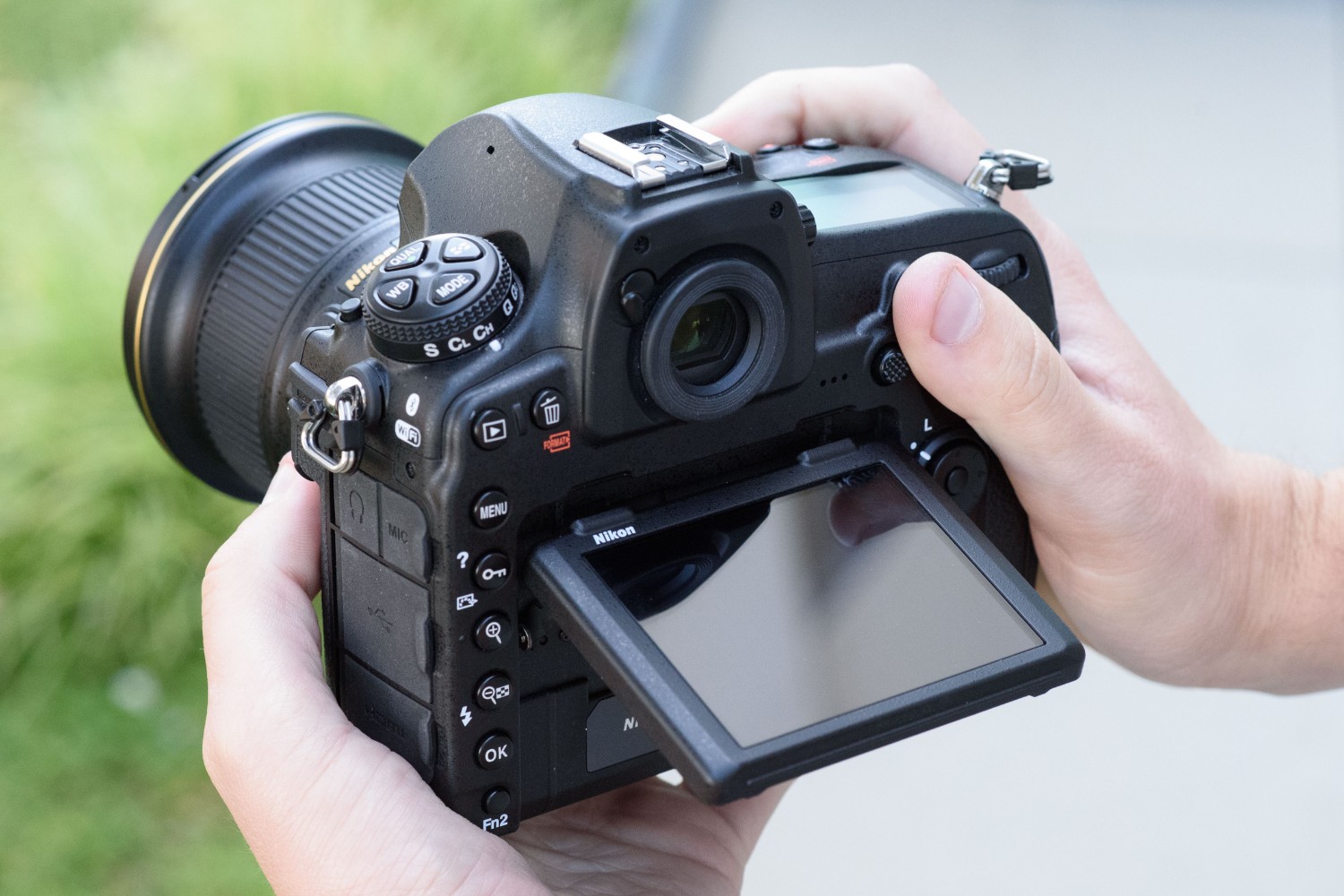Introduction
Are you tired of shaky, amateur-looking footage from your DSLR camera? Whether you're a professional videographer or an aspiring filmmaker, obtaining smooth, steady shots is crucial to producing high-quality content. This is where DSLR camera stabilizers come into play. These innovative devices are designed to minimize camera shake and provide professional-grade stability, allowing you to capture stunning, cinema-quality footage with ease.
In the world of DSLR camera stabilizers, there are various options available, each offering unique features and benefits. From handheld stabilizers to shoulder mount stabilizers, gimbal stabilizers, and vest stabilizers, the choices can be overwhelming. Understanding the differences between these stabilizers and identifying the best option for your specific needs is essential for achieving optimal results.
In this comprehensive guide, we will explore the various types of DSLR camera stabilizers, delving into their functionalities, advantages, and ideal use cases. By the end of this article, you will have a clear understanding of the best kind of DSLR camera stabilizer to elevate your videography to the next level. So, let's embark on this enlightening journey through the world of DSLR camera stabilizers, and discover the perfect stabilizer for your creative endeavors.
Handheld Stabilizers
Handheld stabilizers, also known as handheld gimbals, are compact and versatile tools designed to provide steady shots while allowing for freedom of movement. These stabilizers are ideal for capturing dynamic, on-the-go footage, making them popular among videographers who require flexibility and agility during shoots.
One of the primary advantages of handheld stabilizers is their portability. Their lightweight and ergonomic design enable videographers to maneuver seamlessly through various environments, from crowded urban settings to rugged outdoor landscapes. Additionally, handheld stabilizers offer quick setup and ease of use, allowing for rapid deployment in fast-paced filming scenarios.
Equipped with advanced stabilization technology, handheld stabilizers effectively minimize camera shake and vibrations, resulting in smooth, professional-quality footage. This is especially beneficial for capturing action shots, vlogs, and documentaries where maintaining a steady image is paramount.
Furthermore, handheld stabilizers often feature intuitive controls and modes, such as follow focus and panoramic rotation, enhancing the creative capabilities of videographers. These features enable smooth panning and tracking shots, adding a cinematic flair to the captured content.
While handheld stabilizers excel in providing flexibility and maneuverability, they may have limitations when it comes to extended usage and fatigue. Videographers should consider the duration of their shoots and the physical strain of holding the stabilizer for prolonged periods. Additionally, the payload capacity of handheld stabilizers may restrict the use of larger DSLR cameras and accessories, making them more suitable for compact setups.
Overall, handheld stabilizers offer unparalleled versatility and agility, making them an excellent choice for videographers who prioritize mobility and quick setup without compromising on stability and smooth footage.
Shoulder Mount Stabilizers
Shoulder mount stabilizers, also known as shoulder rigs, are designed to provide stability and support for DSLR cameras while distributing the weight across the videographer’s shoulder and chest. These stabilizers are favored by professionals who require extended shooting sessions and desire a more ergonomic and balanced setup.
One of the key advantages of shoulder mount stabilizers is their ability to reduce fatigue during prolonged shoots. By distributing the weight of the camera and accessories across the videographer’s upper body, these stabilizers offer enhanced comfort and stability, allowing for extended periods of filming without physical strain.
Furthermore, shoulder mount stabilizers provide a platform for additional accessories, such as external monitors, microphones, and lighting equipment, enhancing the overall versatility of the setup. This modularity enables videographers to customize their rigs according to specific shooting requirements, making shoulder mount stabilizers a practical choice for diverse filming scenarios.
Additionally, the design of shoulder mount stabilizers facilitates smooth and controlled movements, particularly when capturing tracking shots and following subjects in motion. The stable platform offered by these stabilizers allows for precise framing and composition, resulting in professional-grade footage with minimal camera shake.
However, it’s important to note that shoulder mount stabilizers may have a steeper learning curve compared to other types of stabilizers, as they require proper adjustment and balancing to achieve optimal results. Videographers should familiarize themselves with the setup and make necessary adjustments to ensure a comfortable and stable shooting experience.
In summary, shoulder mount stabilizers provide a balanced and ergonomic solution for videographers seeking extended shooting capabilities, modularity for accessories, and precise control over their DSLR camera movements. With the ability to mitigate fatigue and offer a customizable platform, shoulder mount stabilizers are a valuable asset for professionals engaged in long-form filmmaking and versatile shooting environments.
Gimbal Stabilizers
Gimbal stabilizers, characterized by their motorized three-axis design, offer unparalleled stability and precision for DSLR cameras, making them a popular choice among videographers and filmmakers seeking smooth, cinematic footage. These stabilizers utilize advanced gyroscopic technology to counteract camera movements in real time, resulting in steady and fluid shots across various shooting conditions.
One of the primary advantages of gimbal stabilizers is their ability to provide seamless stabilization in dynamic environments, such as capturing moving subjects, walking shots, or filming from moving vehicles. The motorized axes compensate for sudden movements, ensuring that the camera remains steady and level, even during rapid changes in orientation.
Moreover, gimbal stabilizers offer a high degree of control and customization, allowing videographers to adjust the stabilization parameters, such as pan, tilt, and roll, to achieve specific framing and tracking shots. This level of precision and flexibility empowers creatives to capture visually captivating sequences with ease, elevating the production value of their content.
Additionally, gimbal stabilizers often feature intelligent modes, such as follow focus and object tracking, enabling automated subject tracking and smooth transitions between focal points. These features streamline the filming process and enhance the overall efficiency of capturing complex shots, particularly in scenarios where manual operation may be challenging.
While gimbal stabilizers excel in providing exceptional stability and control, they may have a steeper learning curve in terms of initial setup and calibration. Videographers should familiarize themselves with the operation of the gimbal and its accompanying software to maximize its capabilities and ensure optimal performance.
In summary, gimbal stabilizers are indispensable tools for achieving professional-grade stabilization and precise camera control, particularly in dynamic filming situations. With their advanced gyroscopic technology and customizable features, gimbal stabilizers empower videographers to capture stunning, steady footage with cinematic finesse, making them an essential asset for elevating the visual quality of DSLR camera content.
Vest Stabilizers
Vest stabilizers, also known as body-mounted stabilizers, represent a sophisticated solution for achieving stable and fluid motion shots with DSLR cameras. These innovative stabilizers are designed to distribute the weight of the camera rig across the videographer’s body, providing enhanced support and stability while allowing for seamless movement during filming.
One of the primary advantages of vest stabilizers is their ergonomic design, which reduces physical strain and fatigue during extended shooting sessions. By transferring the weight of the camera setup to a supportive vest worn by the videographer, these stabilizers enable comfortable and sustained operation, making them an ideal choice for capturing prolonged sequences and dynamic motion shots.
Furthermore, vest stabilizers offer a high degree of freedom in movement, allowing videographers to achieve smooth, gliding shots with minimal effort. The integrated support system enables operators to navigate through diverse environments while maintaining stability, resulting in visually captivating footage with a professional aesthetic.
Moreover, vest stabilizers often feature advanced suspension and stabilization mechanisms, mitigating the effects of sudden movements and vibrations, thereby ensuring steady and shake-free footage. This level of stability is particularly valuable when capturing fast-paced action sequences, sports events, or immersive tracking shots that demand precision and control.
However, it’s important to note that vest stabilizers may require a learning curve for proper adjustment and balance to suit the videographer’s body and shooting style. Familiarizing oneself with the setup and making necessary adjustments is essential to optimize the performance and comfort of the vest stabilizer during filming.
In summary, vest stabilizers provide a comprehensive solution for achieving stable, fluid motion shots with DSLR cameras, offering ergonomic support, freedom of movement, and advanced stabilization mechanisms. With their ability to mitigate fatigue and provide steady footage in dynamic filming scenarios, vest stabilizers are an invaluable asset for videographers seeking to elevate the visual impact of their content with professional-grade stabilization.
Conclusion
As we conclude our exploration of DSLR camera stabilizers, it becomes evident that each type offers unique advantages tailored to specific filming requirements and creative preferences. Handheld stabilizers provide unmatched versatility and agility, making them ideal for dynamic, on-the-go shooting scenarios. Shoulder mount stabilizers excel in providing extended shooting capabilities, ergonomic support, and modularity for accessories, catering to professionals engaged in diverse filming environments.
Gimbal stabilizers stand out for their advanced gyroscopic technology, precise camera control, and exceptional stability, making them indispensable tools for capturing cinematic footage in dynamic settings. Vest stabilizers offer a sophisticated solution for achieving stable, fluid motion shots with DSLR cameras, providing ergonomic support, freedom of movement, and advanced stabilization mechanisms ideal for prolonged and dynamic filming scenarios.
When selecting the best kind of DSLR camera stabilizer, videographers and filmmakers should consider the specific demands of their projects, the shooting conditions they frequently encounter, and their desired level of control and stability. Whether seeking portability, extended shooting comfort, precise control, or comprehensive stabilization, there is a stabilizer type perfectly suited to elevate the visual quality of their content.
Ultimately, the optimal DSLR camera stabilizer is the one that seamlessly integrates with the videographer’s creative vision, enhances the production value of their footage, and empowers them to capture compelling, steady shots with ease. By understanding the strengths and capabilities of each stabilizer type, videographers can make informed decisions that align with their artistic aspirations and technical requirements, leading to the creation of visually stunning and professional-grade content.







